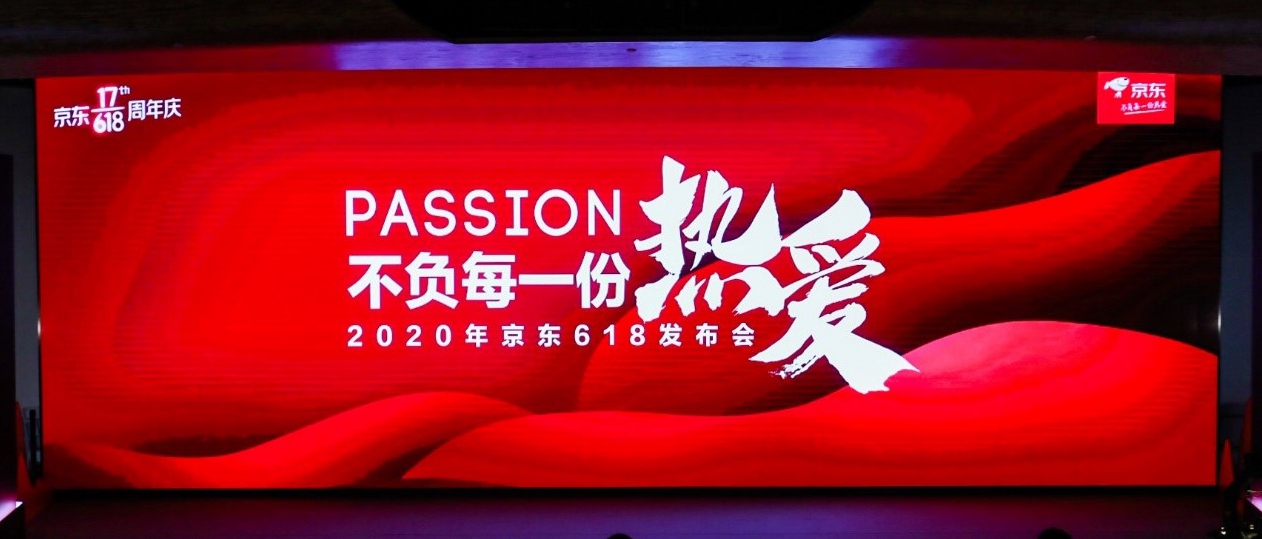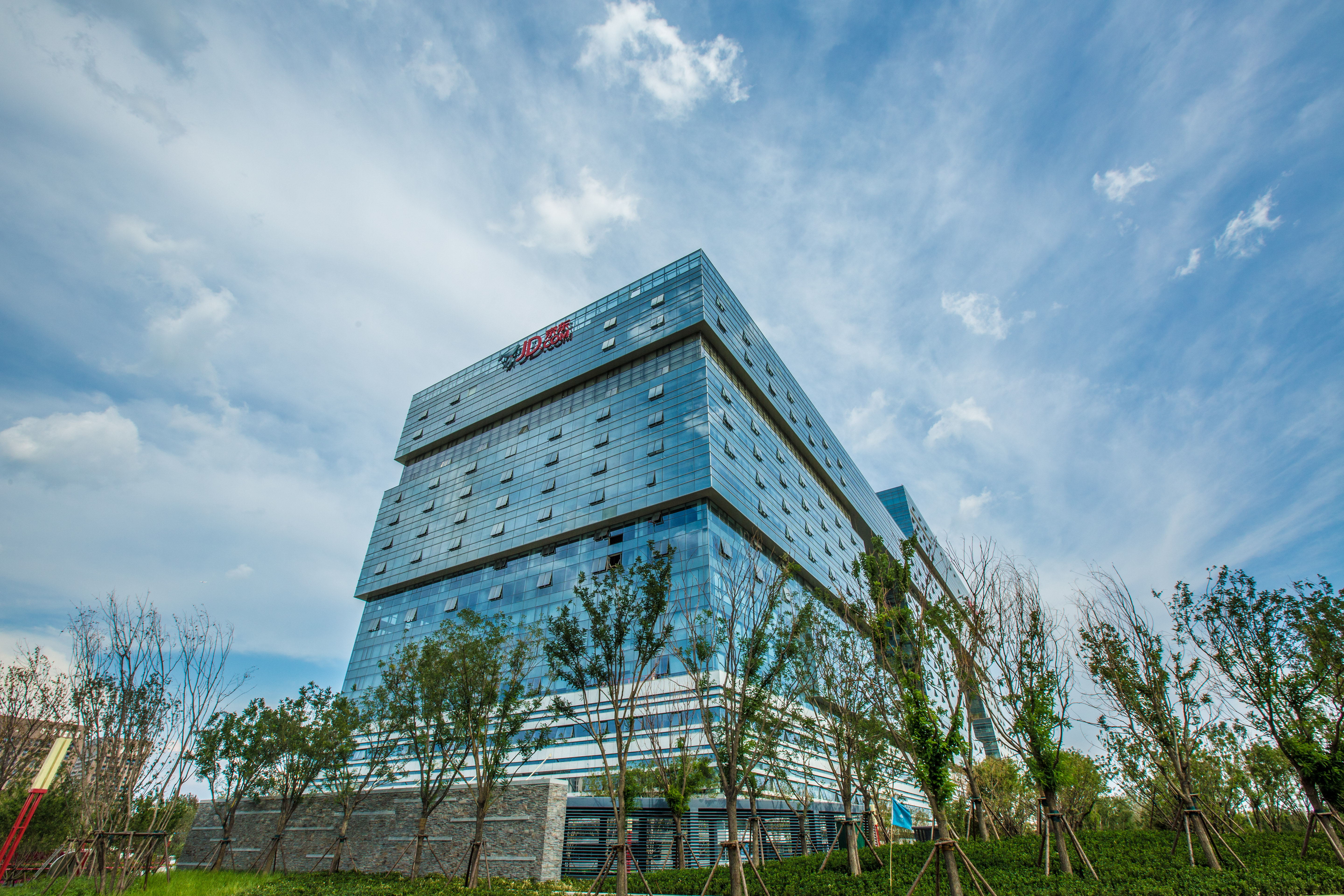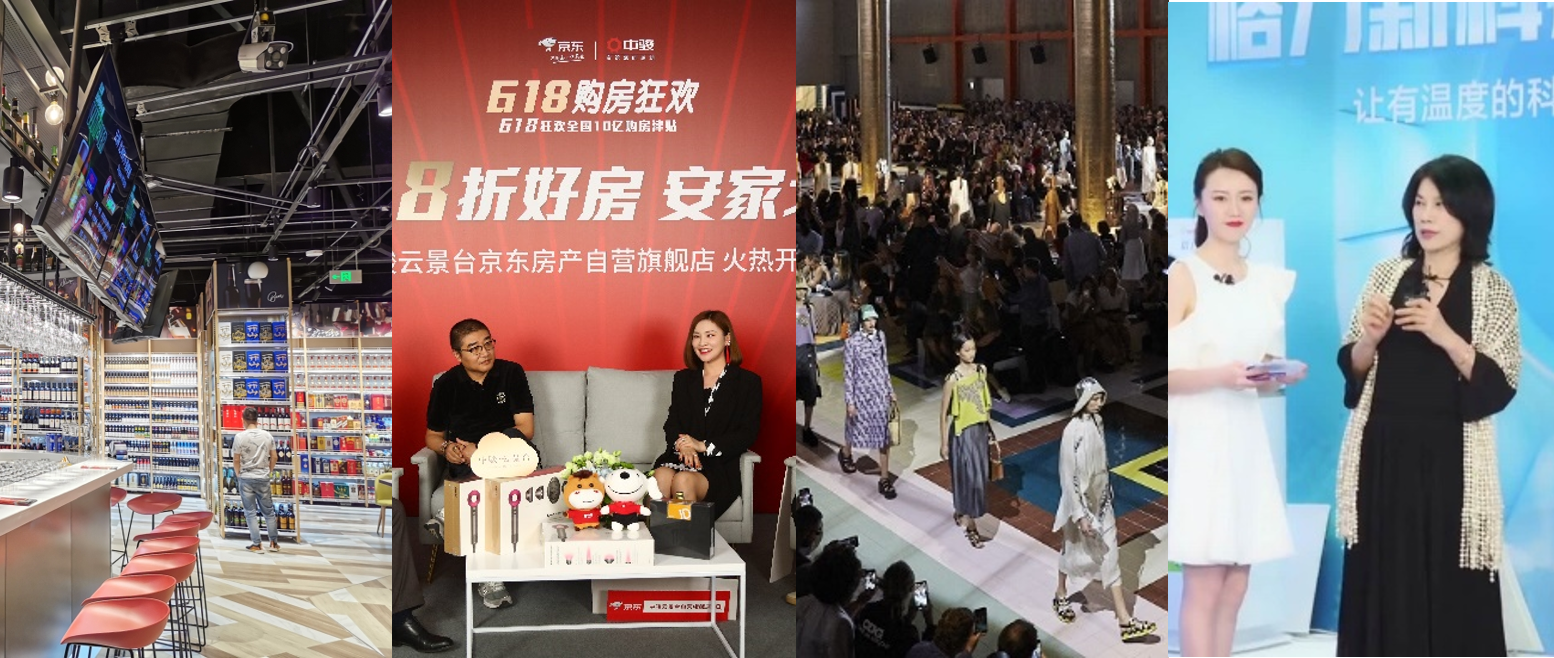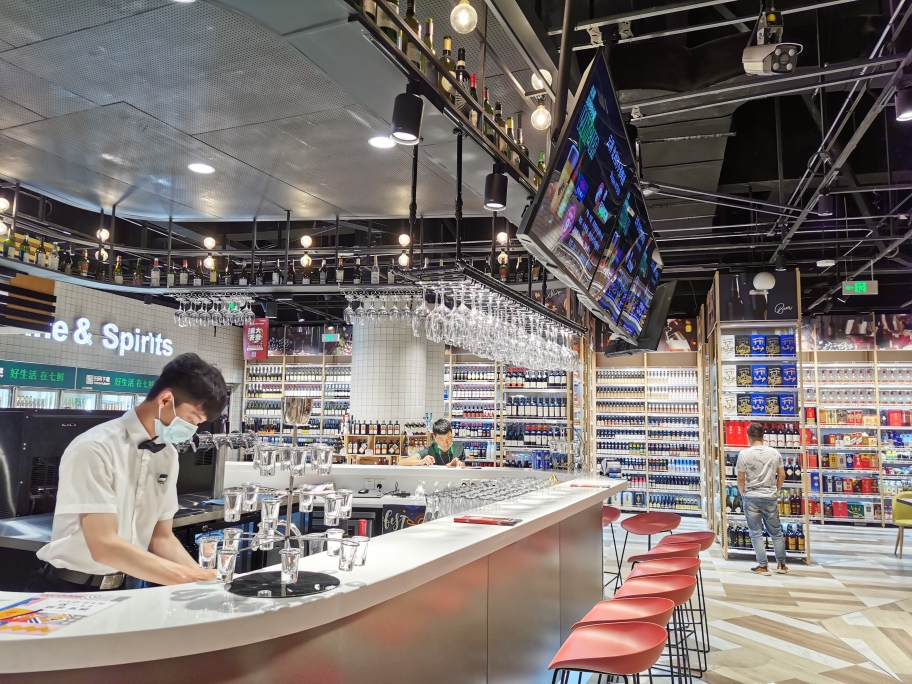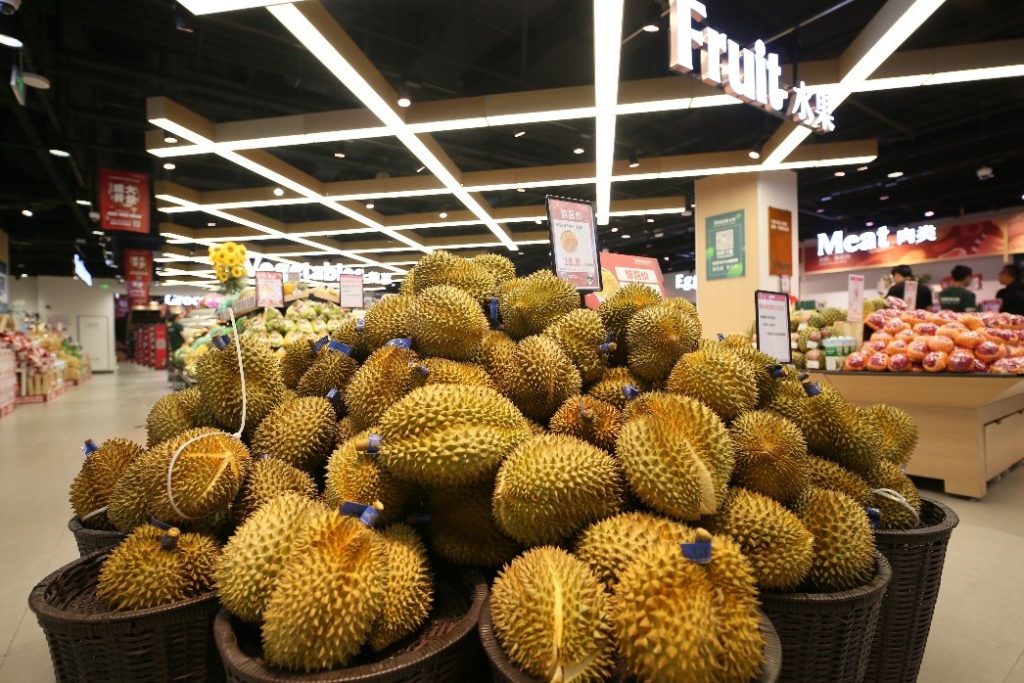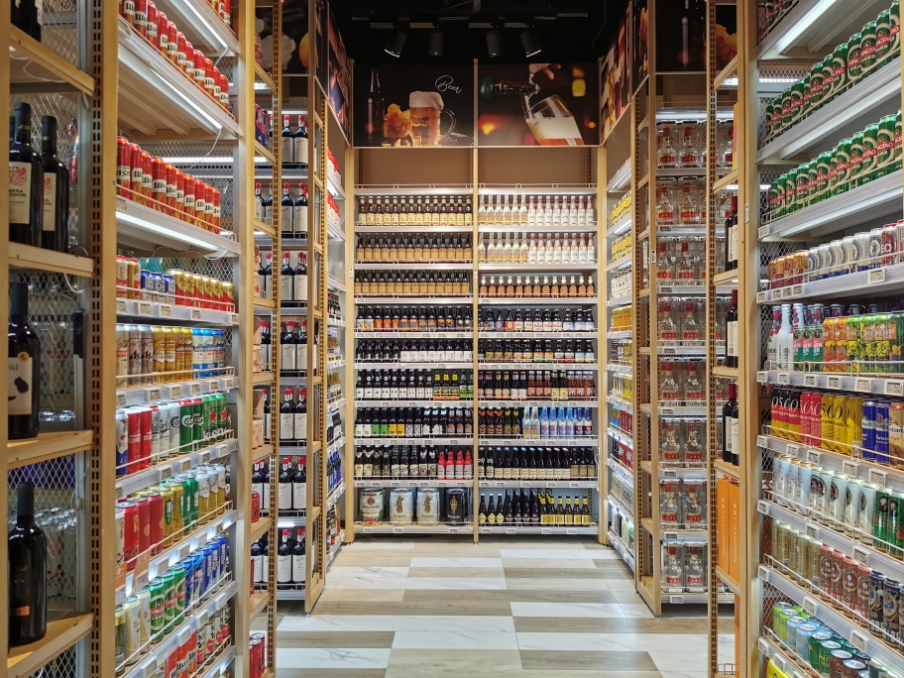by Vivian Yang
Mobile phones, WiFi, and JD are the “three treasures” for COVID-19 quarantine, as people jokingly say in China. Compared with the SARS quarantine 17 years ago, thanks to the fast development of e-commerce in China, convenience and goods supply have greatly improved. Accelerated growth of the industry is expected as COVID-19 has prompted people’s online shopping habits to leapfrog 1-2 years.
Why has the great toilet paper panic of 2020 not been seen in China? The simple answer is that for many Chinese shoppers, they just order things online and get them delivered to their homes.
Whereas a more insightful answer would be that it is thanks to the amazing supply chain and logistics services enabled by e-commerce companies like JD.com that spared customers the wrestling in supermarkets as all the shopping can be done at their fingertips.

JD.com is delivering through Chinese New Year
1.Non-stop service
From a business perspective, JD always strives for a superior shopping experience for its customers. That means people’s shopping demand must be fulfilled wherever and whenever they need, with no exception during the Chinese New Year holiday when almost everything shuts down. In addition, JD enjoys a large household customer base in China who shop for more high quality and quantity products for family use, especially during the family reunion time. As a result, eight years ago, JD decided to stay open during Chinese New Year, so far it is still the only e-commerce company providing delivery services during this time.
When COVID-19 broke out, JD decided to stay consistent and even marshaled more resources and staff to support product supply, warehousing, distributing, delivery, and customer service against all odds. Even with road closures disrupting transportation, knowing someone is running for their orders during this special time gave people peace of mind to hunker down at home.

JD leverages technology to address the imbalance between demand and supply
2.In stock
Nothing is more assuring than finding products are “in stock” and available for shipment during the hoarding frenzy. As a platform of huge scale, it is not only important for JD to quickly collaborate with its merchant community to guarantee products supplies, but also critical to predict how to distribute them effectively to meet urgent demands.
Using big data, JD’s supply chain engineers detected the sign of epidemic at a very early stage. They incorporated the SEIR infectious disease model and demographic data in their supply chain management system to ensure limited medical materials will be prioritized to allocate to high-risk places. At the same time, fast-changing demand requests are synchronized in real-time with its procurement team and suppliers, helping them to make further production decisions in response to the market.
For highly sought-after products in the epidemic period, there is a big difference between available for shipment and available for ordering. JD engineers created a risk alert model powered by AI to monitor the merchants’ product prices and inventory status so as to provide the most transparent and accurate information to its customers and partners.

JD’s 7FRESH supermarket ensured fresh groceries supply during COVID-19
3.On the way
Same-day and next-day delivery promises during COVID-19 were honored to the maximum level by JD Logistics. Thanks to its logistics network that consists of over 730 warehouses across China, products are stored as close as possible to its customers.
In ordinary times, JD’s products will go through its regional distribution center to different front distribution centers based on the demand. While, to enhance fulfillment rate, JD engineers built a multilevel network optimization system that recalculated inventory capacities in its provincial and city level warehouses and redesigned the transport routes to place more emergency and grocery products directly in the front distribution centers for even quicker delivery. As such, JD’s nationwide fulfillment rate during the epidemic time remained at over 95%.
Same-day delivery is not a luxury to Chinese customers anymore, as JD is now delivering daily and fresh groceries to their doorsteps by the minute. Products such as meat, seafood, vegetables, fruits are frequently ordered as people stay at home. By leveraging its omnichannel retail system, JD customers’ online orders can be matched with the nearest offline store to make an instant delivery. Some products can arrive within 15 mins.

Through serving customers and supporting society at this tough time, it also deepened JD’s understanding of its capacity and role for the future. People’s appreciation of JD’s courage, commitment, and innovation once again confirmed its belief that as a retailer in an age where people’s shopping pursuits are increasingly diversified and personalized, merely satisfying customers’ basic needs for goods won’t be enough. It is the aspiration to bring people trust and love when JD deals with each order that makes the company a real partner of its customers, partners and society.
(vivian.yang@jd.com)

